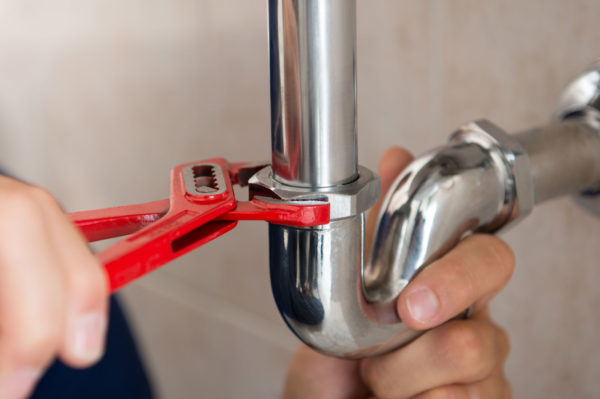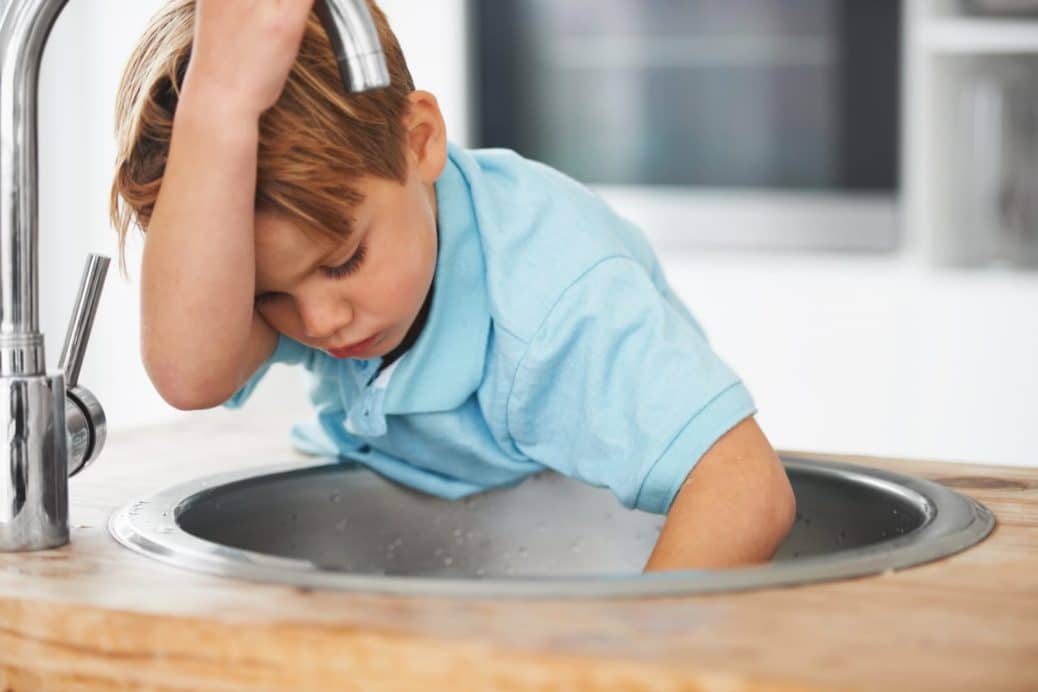Right here in the next paragraphs you can locate a lot of helpful content related to Understanding the Basics of Your Home's Plumbing System.

Plumbing is an important aspect of any kind of home, in charge of providing tidy water for drinking, cooking, and showering, along with getting rid of wastewater safely. Understanding the basics of home plumbing is essential for every house owner to ensure appropriate maintenance, troubleshooting, and, if needed, repairs. In this novice's guide, we'll cover the essential ideas of home plumbing to help you become a lot more accustomed to how it functions.
Water System System
The water system brings tidy water right into your home from a municipal water source or a private well. It includes a main water line that connects to your home's plumbing system, typically situated underground. A water meter measures the quantity of water consumed, while a shut-off shutoff allows you to regulate the flow of water into your home.
Plumbing Fixtures
Plumbing components are gadgets that supply water to different parts of your home and include sinks, taps, toilets, showers, bathtubs, and devices such as dishwashers and washing equipments. Each fixture is attached to the water supply system using pipelines and fittings and may have its shut-off valve for maintenance or emergency situations.
Water Heating System
The water heating system is responsible for home heating water for residential usage, including showering, food preparation, and cleansing. Common kinds of hot water heater include tank-type water heaters, tankless (on-demand) water heaters, and heat pump hot water heater. The hot water heater is linked to the water supply system and provides warm water to plumbing fixtures as required.
Water drainage System
The drain system gets rid of wastewater from your home and brings it away to a sewage treatment center or septic tank. It includes a network of pipes, fittings, and components that transfer wastewater from plumbing fixtures to the main drain line or septic tank. Correct water drainage is vital to avoid obstructions, back-ups, and sewage leaks.
Air flow System
The ventilation system helps keep proper atmospheric pressure and avoid sewage system gases from entering your home. Vent pipes, additionally called vent stacks, prolong from plumbing components to the roofing system, allowing sewer gases to run away safely outside. Ventilation pipes additionally allow air to enter the drainage system, promoting smooth wastewater flow and preventing suction or vacuum impacts.
Typical Plumbing Tools
Having the right devices available is essential for carrying out standard plumbing repair services and maintenance jobs. Typical plumbing tools include flexible wrenches, pipe wrenches, pliers, pipeline cutters, hacksaws, bettors, augers (or drainpipe snakes), and Teflon tape. Having these tools conveniently available can assist you take on small plumbing problems effectively.
Fundamental Plumbing Repair Work
While some plumbing repair work might need expert aid, several common problems can be attended to with fundamental do it yourself techniques. Understanding just how to repair a leaking faucet, unblock a drain, change a bathroom flapper, or fix a leaking showerhead can conserve you time and money on plumbing repairs.
Verdict
Recognizing the basics of home plumbing is necessary for each house owner to preserve a safe, useful, and reliable plumbing system. By acquainting on your own with the water system system, plumbing fixtures, water drainage system, ventilation system, usual plumbing tools, and fundamental fixings, you can confidently deal with minor plumbing issues and guarantee your home's plumbing system runs smoothly.
Understanding Basics of Home Plumbing System: A Beginner's Guide
The Main Components of Your Home Plumbing System
The Water Supply System
This system is responsible for transporting fresh water into your home. It usually has a main water line that splits into two branches: one directed towards cold water services and the other connected to a water heater for hot water. The pressure is key here; it ensures water reaches all parts of your house.
The Drainage System
Once water has been used, it becomes wastewater that needs to be removed from your home. This is where the drainage system comes into play. It includes all the pipes that carry wastewater and sewage away from your house to sewage treatment facilities or septic tanks.
The Vent System
The vent system prevents sewer gases from entering your home and helps maintain the pressure balance that allows wastewater to flow out properly. These vents usually exit through the roof of your house.
Water Heating System
For those who enjoy hot showers or using hot water for cleaning, the water heater is a crucial part of the plumbing system. It can be a tankless system, which heats water on demand, or a traditional water tank model.
Common Plumbing Problems and Basic Troubleshooting
Plumbing systems, while designed to be durable, can face issues like clogged drains, leaky faucets, or low water pressure. Here are some basic troubleshooting tips:
Clogged Drains
Use a plunger or a plumber's snake to try and dislodge whatever is blocking the drain. Regular cleaning can prevent clogs.
Leaky Faucets
Often caused by worn-out washers or gaskets, these can usually be replaced by someone with basic DIY skills.
Low Water Pressure
This might be due to sediment build-up in your fixtures or a leak somewhere in your water line. Cleaning out aerators or seeking a professional to detect leaks might be necessary.
Preventive Maintenance Tips
Maintaining your plumbing system is key to avoiding emergencies. Regularly check for leaks, avoid disposing of grease down the sink, and have your system inspected by a professional plumber at least once a year.

I recently found that review about Plumbing Basics For Every Home: The HomeTriangle Guide while doing research the search engines. Sharing is good. Helping others is fun. Thank you so much for taking the time to read it.
Book Instantly